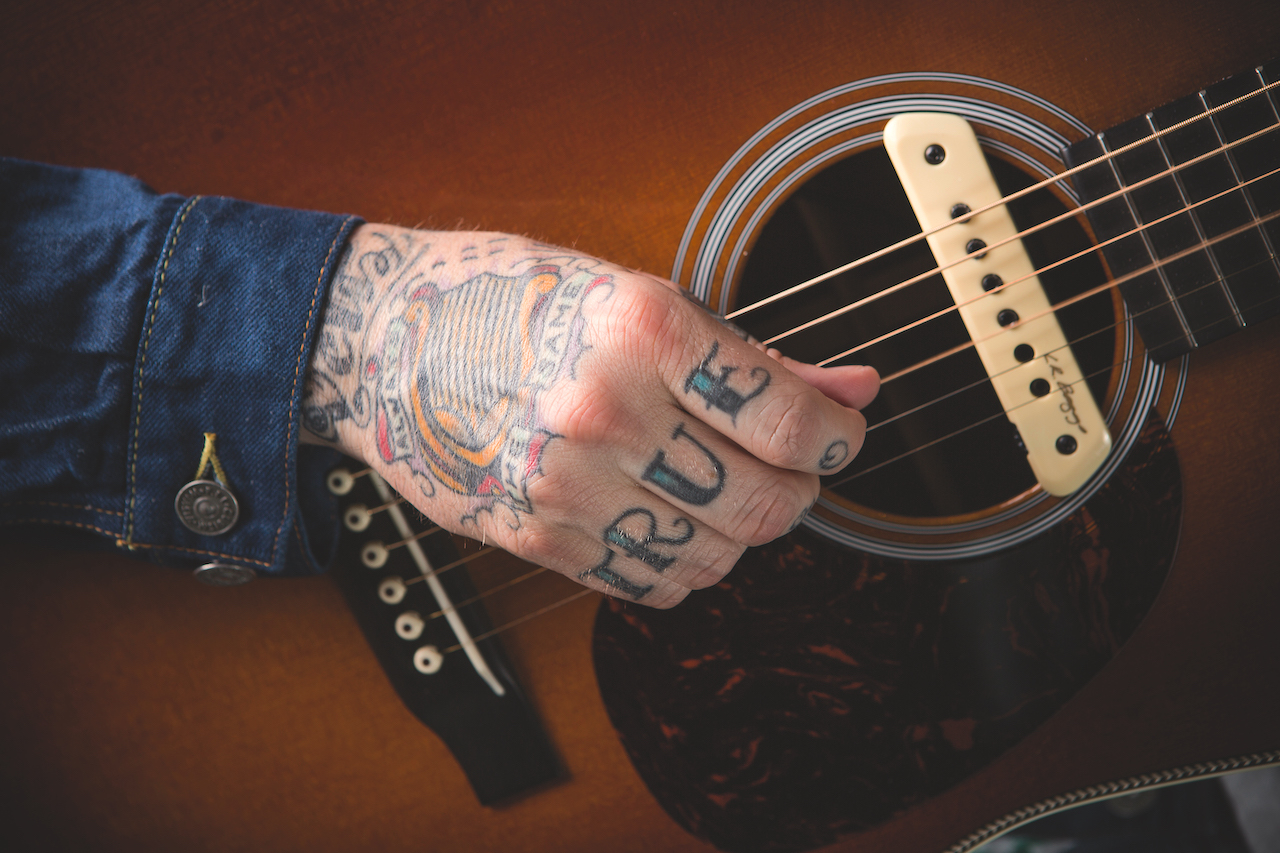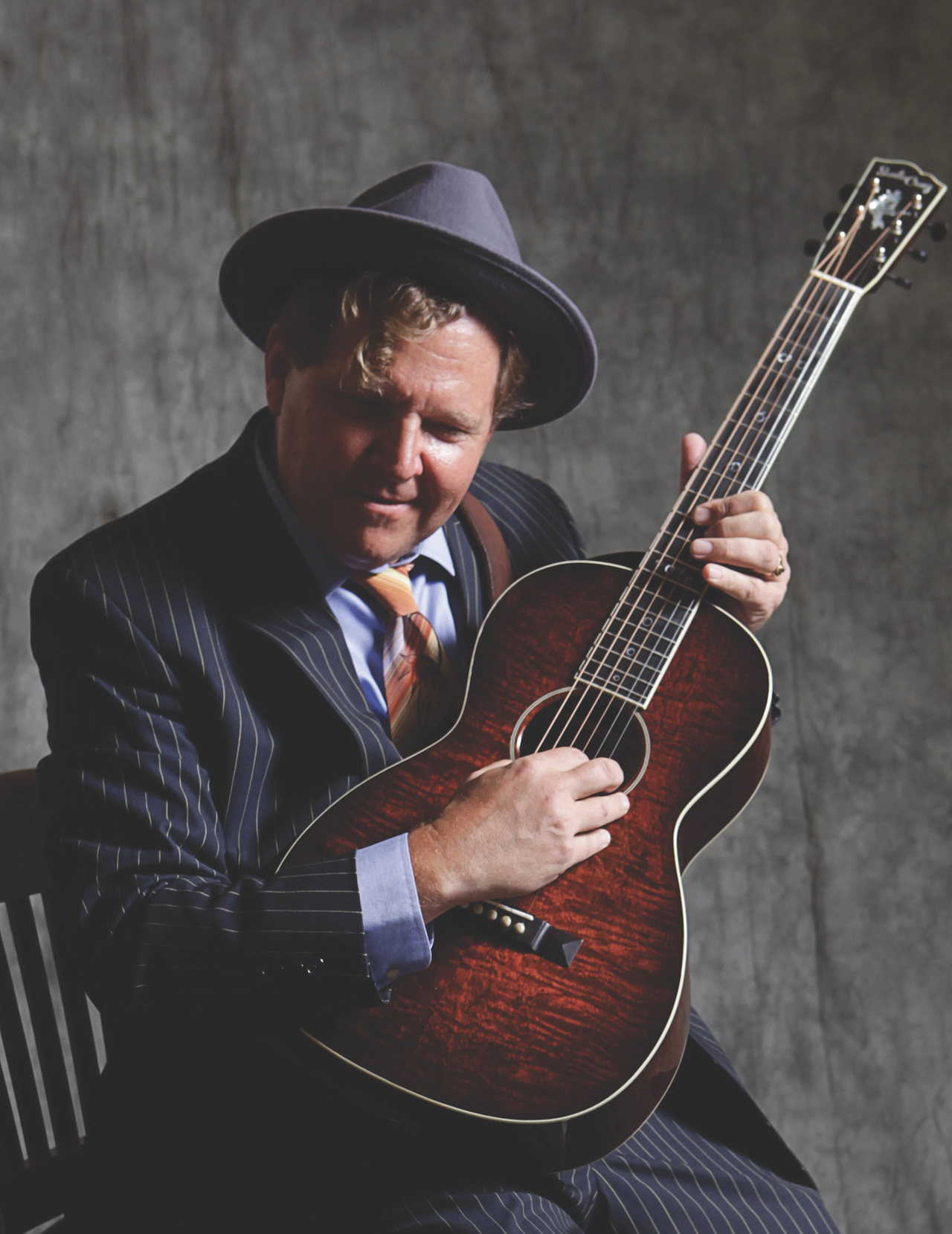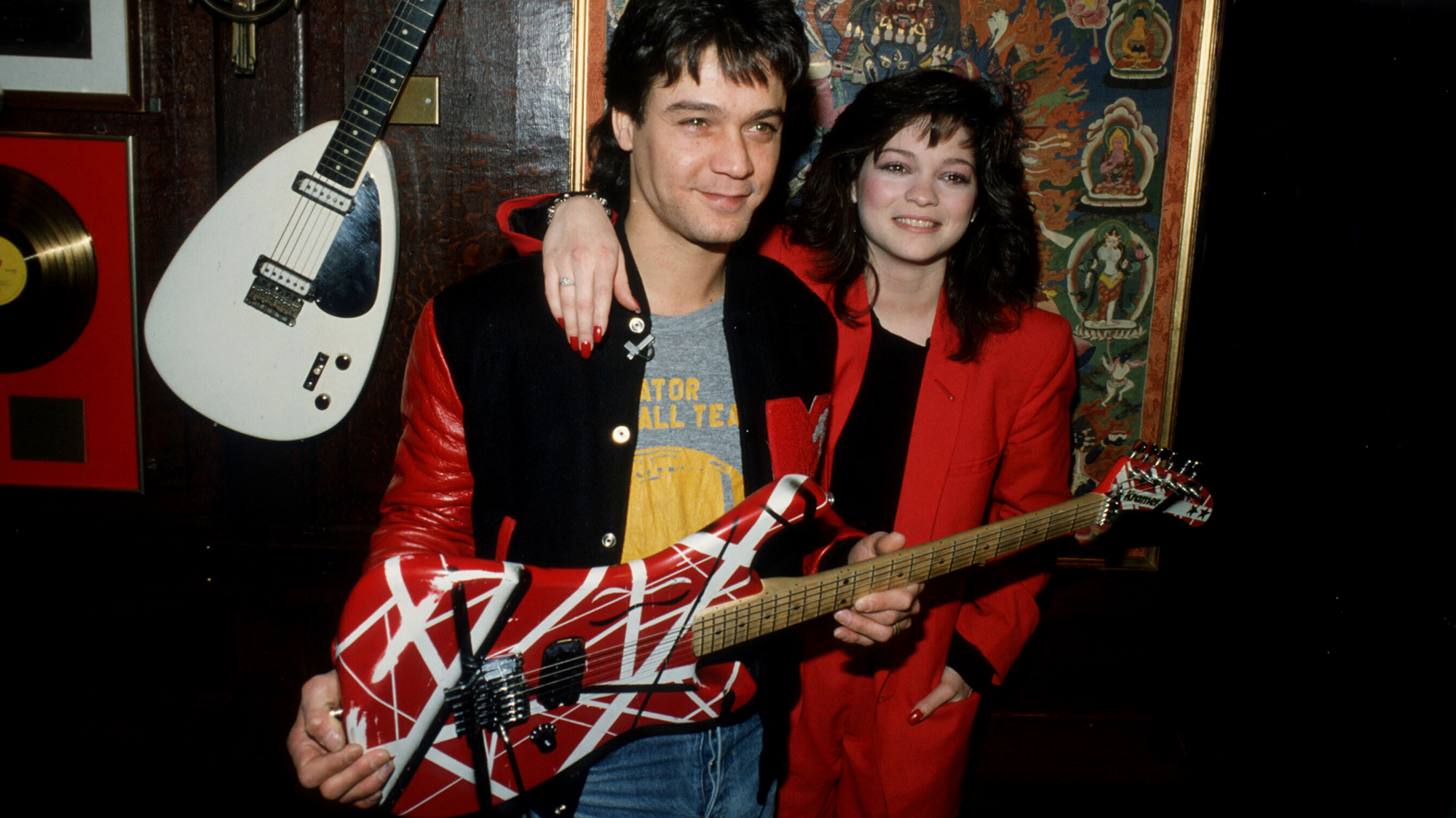Struggling to string bend on your acoustic? Here are 4 simple tricks that will help…
Outside of the box ideas for making string bending easier on an acoustic guitar

One of the biggest differences between playing acoustic and electric guitar is the force required to bend the strings. A typical medium steel-string set starts at gauge .013, compared to .010 for an electric set. The most crucial difference is the acoustic’s wound third, which makes even your typical Johnny B. Goode–style licks a hell of a lot harder. Here are a few suggestions for how to make it easier.
LIGHTEN UP A LITTLE
Lighter strings can obviously help. Nylon strings are altogether easier to bend than steel strings, but they also stretch more easily, so make sure to break them in or you’ll risk falling out of tune. As for steel, the tradeoff is tone: lighter strings equal lighter tone. If you do a lot of bending, consider using a hybrid set with lighter strings on the top three, where the lion’s share of string bending happens. Or try just a slightly lighter second and/or third string. But if you want to keep a full tone and bend the low notes, there are other tricks to facilitate bending licks.

TRY A SHORTER SCALE LENGTH
Shorter scale equals looser string feel, which makes bending easier. The most obvious comparison is a triple-0 body style compared to an OM, which share the same body but have different scale lengths. The OM has a full 25.4 inches, while the triple-0 is a half inch shorter, at 24.9 inches. That seemingly small specification makes a big difference to your fingers on the fretboard. It’s one of the main reasons Eric Clapton sounds so effortless playing the blues on his signature Martin 000-28EC (also because he’s Clapton). But check out some of the OG blues gurus from whom he copped his moves, and you’ll notice smaller guitars with even shorter scale lengths, such as the Gibson L-1 flat top Robert Johnson is holding in the famous photograph of him.

FEWER FRETS CAN BE MORE FUN
Lots of old acoustic guitars had only 12 or 13 frets to the body, and there has been a resurgence of interest in them as of late. Those guitars have a throaty tone all their own, and bending strings on them can be way easier. Catfish Keith is a manic string bender, and he uses all the tricks. His signature Santa Cruz Catfish Special is a small guitar with 13 frets to the body and a short scale length. He also uses Santa Cruz Low Tension Parabolic Strings tuned below standard pitch. Says Catfish, “When I’m handed a guitar tuned to standard pitch, the strings feel tight, and I have trouble bending them.”
DE-TUNING IS EASY
It follows that you can add string bending as an often-overlooked benefit of playing in alternate tunings. Most common open tunings, like DADGAD, open Spanish G and Vestapol D, involve slackening, rather than tightening, the strings, thereby making them easier to bend. But what Catfish does most, and what most cats forget, is that simply slackening standard is a great way to make bending easier. Even a half step makes a whole lot of difference. Being one fret off can be slightly awkward in an ensemble, but going solo is no problem. Dropping every string down a whole step is particularly cool for delivering a deep tone while maintaining fretboard familiarity and maximizing bendability.
I love to do that with heavier strings because everything balances back out in terms of playability, and the tone is even more robust. Working with an ensemble is still relatively straightforward because everything is one fretboard marker away, and you can place a capo at the second fret to get right back to standard.
Have fun investigating all the ways and means to add maximum bend mojo to your acoustic flow. Make up your own sets of strings, try different guitars and tweak the tuners. Everything is cool, as long as you bend it, but don’t break it.
Get The Pick Newsletter
All the latest guitar news, interviews, lessons, reviews, deals and more, direct to your inbox!
Jimmy Leslie has been Frets editor since 2016. See many Guitar Player- and Frets-related videos on his YouTube channel, and learn about his acoustic/electric rock group at spirithustler.com.
“Write for five minutes a day. I mean, who can’t manage that?” Mike Stern's top five guitar tips include one simple fix to help you develop your personal guitar style
"It’s like you’re making a statement. And you never know where it’ll lead." Pete Thorn shares the tip that convinced Joe Satriani he was the right guitarist for the SatchVai Band










